Vertical stacks, horizontal stacks, side stacks, split stacks, hexagons, 4-1-2 isos, 3-1-3 isos, 1-4-2 isos…all different starting points but if you pause footage a few seconds into a point they are very unlikely to look like any sort of neat symmetrical shape. And yet, teams will have a recognisable flow and style to them. This is because tactics aren’t shapes - intention and player characteristics are really what is important. More on that specifically coming soon…
Unfortunately a lot of tactical instruction is set up in formation A then run cut B followed by cut C*. If that doesn’t work go back to formation A and start again…this kind of basic, linear tactical framework can really hold players and teams back longterm. Worse is that it’s usually copied from somewhere else without really thinking about whether it fits in a different environment.
This linear and rigid approach also just doesn’t work. There are too many variables to try and script out points in this well. You can definitely have an ideal flow for a point if everything goes right, but if you’ve no plan for when things don’t go right you’re not going to be very good. If your plan is to rest the disc and formation every time something goes wrong, that’s not going to work either.
What you need is players who are adaptable and can solve problems by themselves. This can only be gained by putting your players in these games situations as much as you can, and by encouraging and engaging in a culture of openness and curiosity to different approaches to problems.
*this is fine as a first step, to get a team organised in early phases. But it’s the first step of many and most teams don’t seem to progress past this one.
Anyway, I started thinking about all this while watching some games recently. It really is striking when you’re watching an offence how little time it can spend in the shape it started out in. It’s tempting to look at great teams and watch their best points and derive their offence principles from that, but all these teams score points in lots of different ways. That’s what makes them good offences.
1: Starting with Ranelagh because I know what we were actually trying to do here. This looks like a horizontal stack, but it’s a vert. This is something I like to deliberately set up, vertical stack movement that results in a horizontal spread, which contracts back to vertical…and so on. One of the common criticisms of vertical stacks is their rigid nature but that rigidity is a choice.
2: Here’s Chain Lightning looking like they’re setting up a hex - but again, this is actually a vert stack. This is where rigidity is a choice - you can spend a few seconds reverting (literally) to your initial shape, or embrace the opportunities that present themselves from this setup.
One of the best models of flexibility on offence is Colombia, and Revolution as well. This is probably not what you typically expect from Colombia’s offence - is this deliberately an isolated side stack? This is the sort of simple 1v1 matchups and lagging away from disc that prime Revolver would have been proud of - from a team that you would generally associate with a lot of short quick passing and numbers around the disc.
Here Mooncatchers are running an innovative 5 handler 2 cutters setup. Exactly how you would draw it up on your chalkboard! Do you reset and get everyone back into your set, or can you exploit this 2v2 situation downfield?
And here’s GOAT, kinda looking like a miniature hex. GOAT are quite a good watch for deliberate changes in structures, primarily moving into a vert stack out of either split or horizontal stacks. Here I think they’re too focused on moving into that vertical stack, players moving slowly through the lanes instead of opening them up for attack.




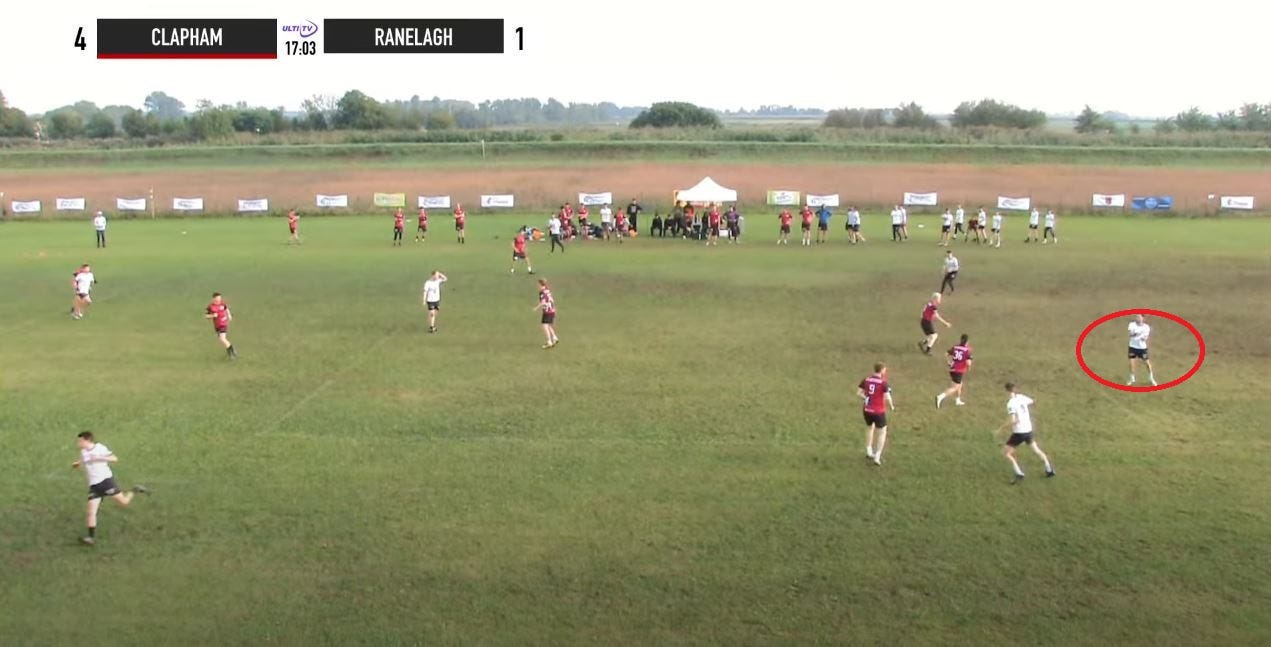

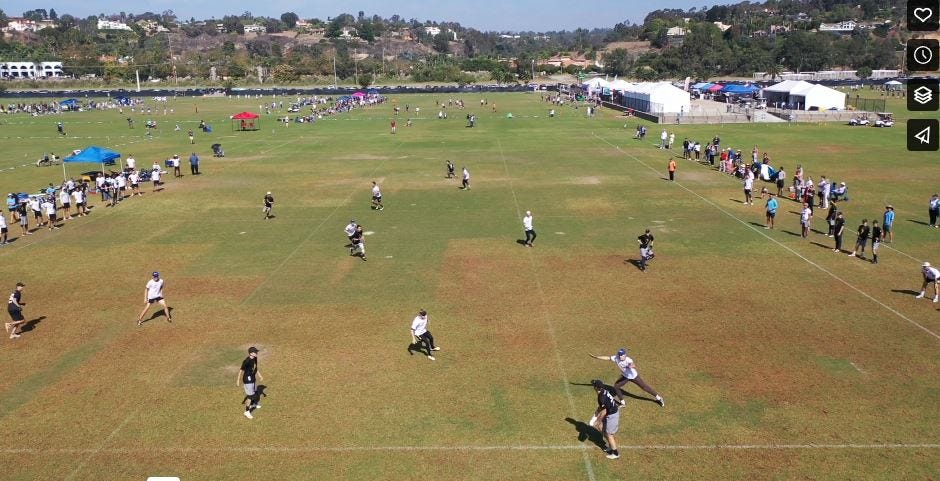
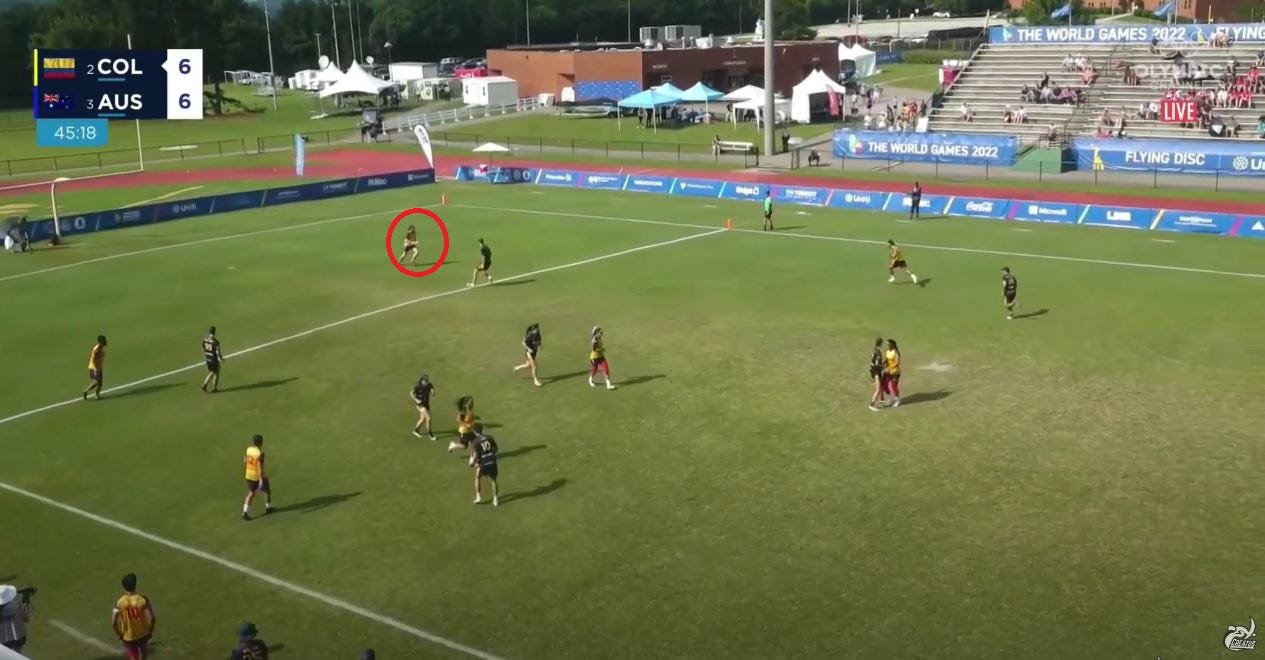
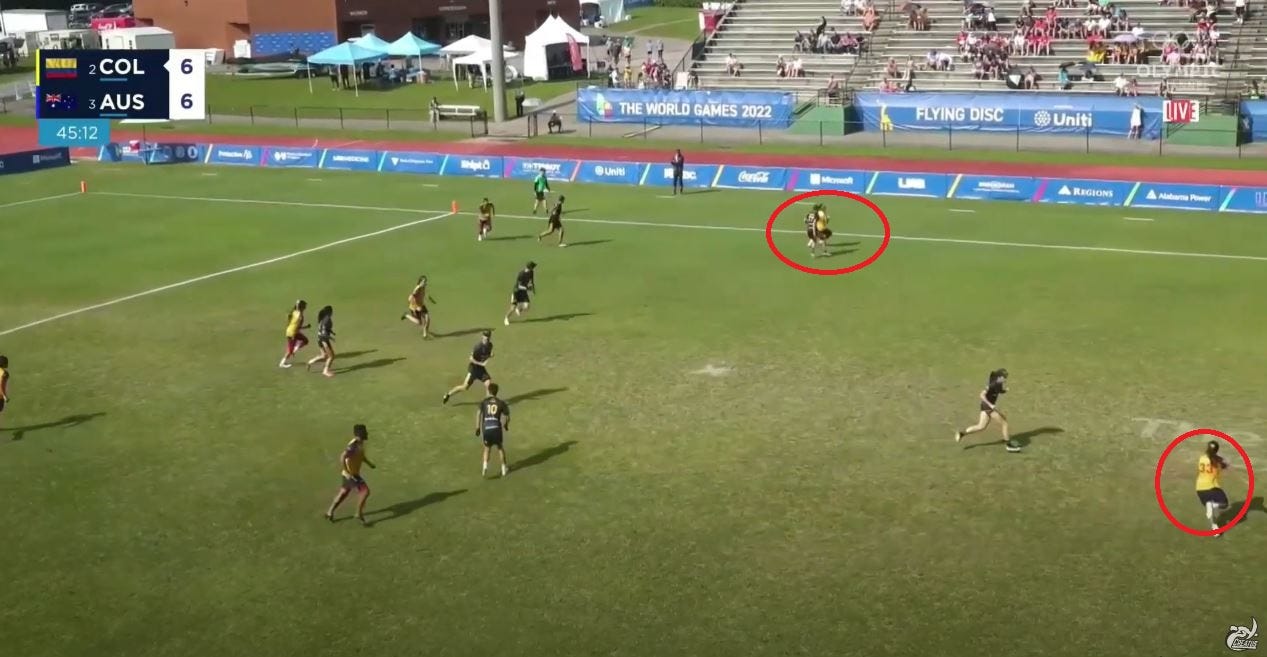
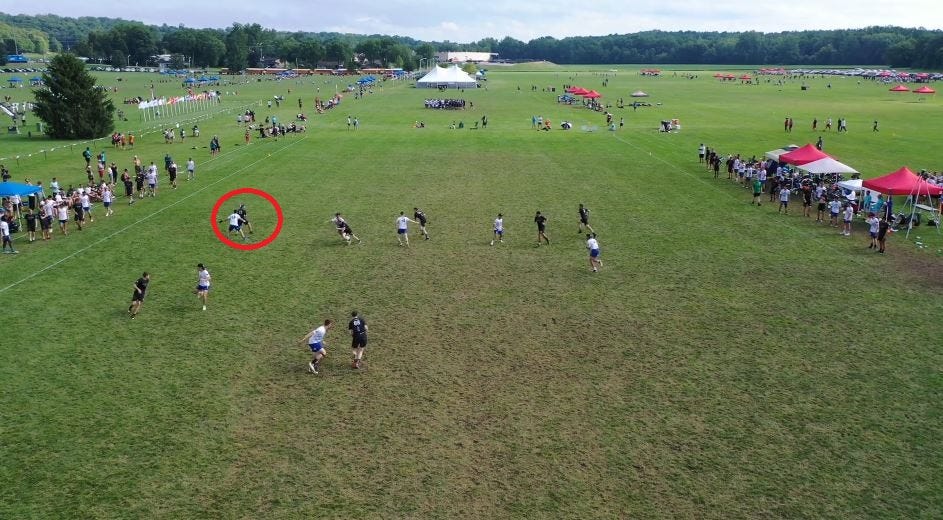

5 handlers 2 cutters wasn't run on purpose, trust me ;-)
Great explanation ! We wrote a small article about a similar idea quite a while ago (https://hiveultimate.com/2021/08/10/how-can-we-characterise-offensive-and-defensive-systems/). Truly the structure (or shape) gives a recognizable flavour to the offense because it creates an ecosystem in which some tactics (throws, cuts etc..) will be more preponderant than others. Way too often the confusion of tactics, strategy and shapes is made which does not help our lovely sport evolve as fast as it could.
Thank you for this article, it can only help people realizing how much more there is to discover !